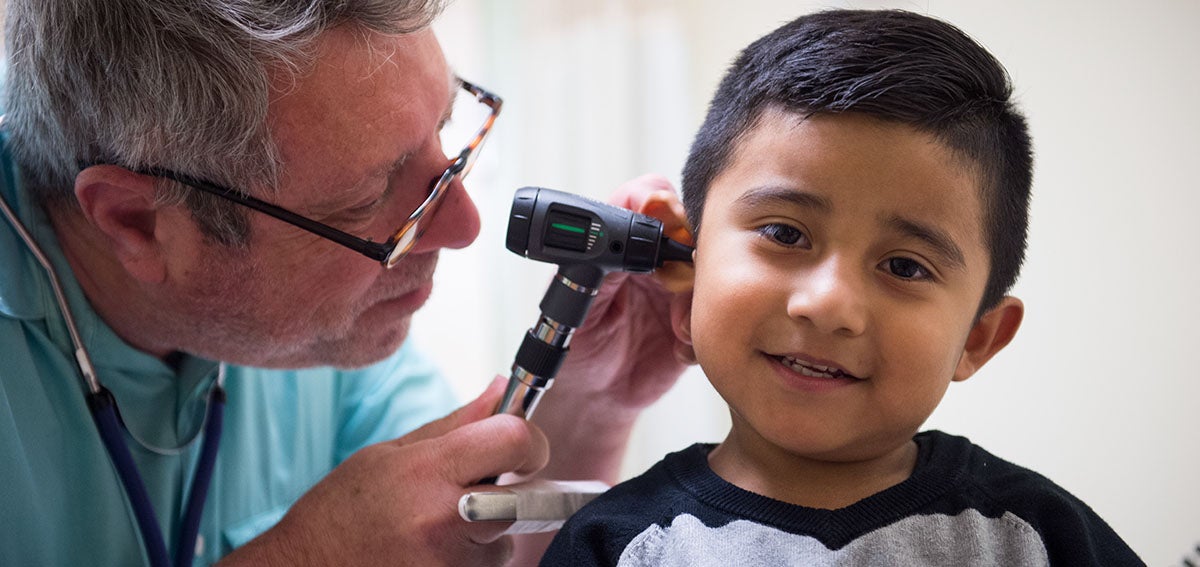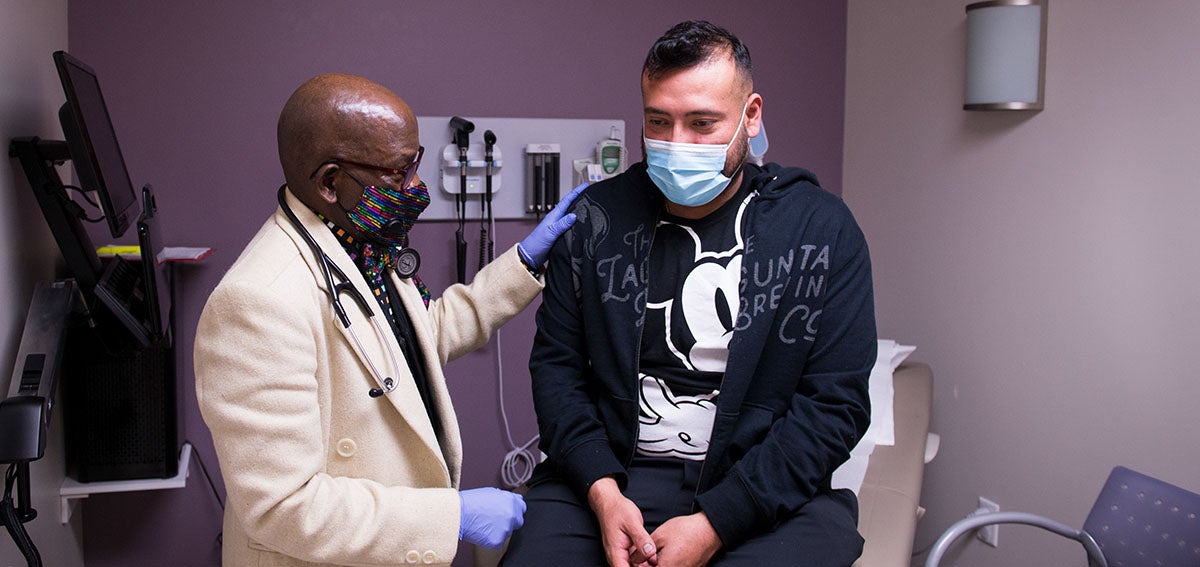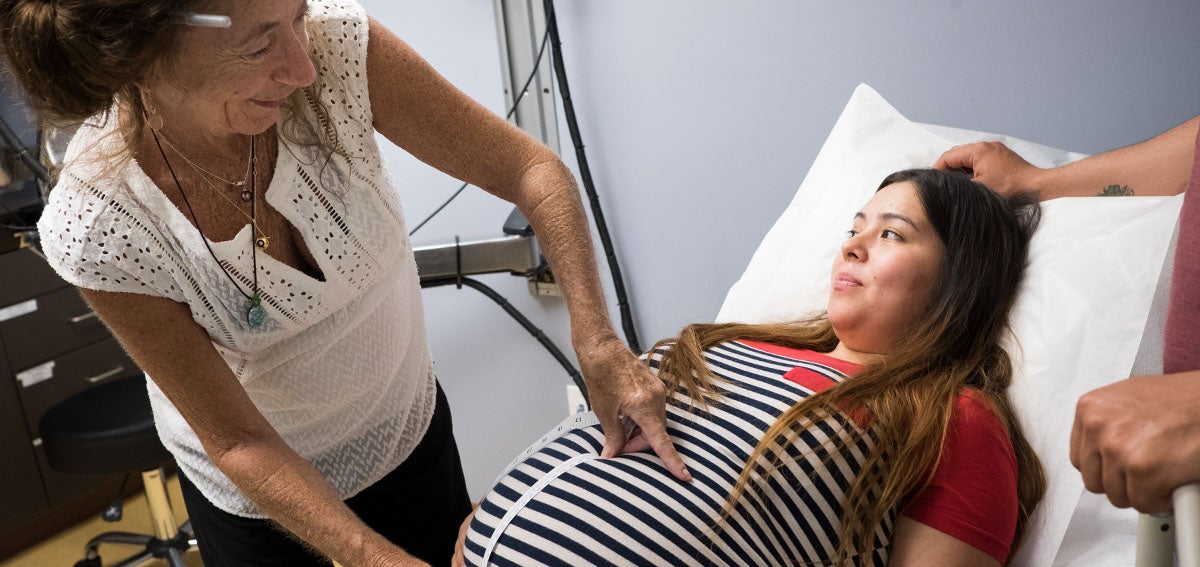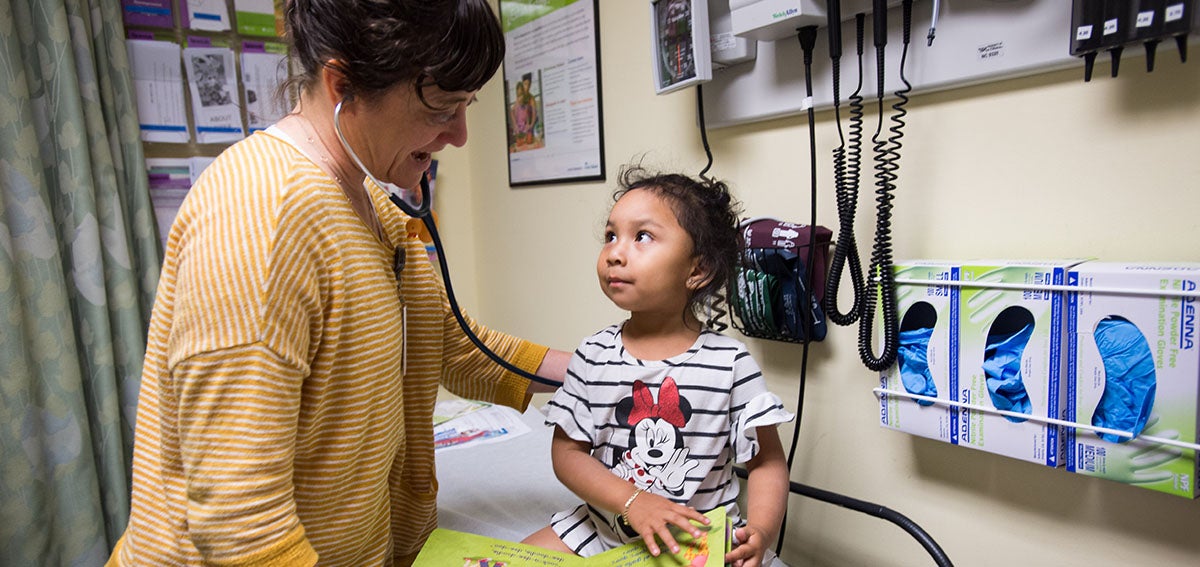Focusing on Primary Care
Decades of research have shown that increased investments in primary care lead to higher-quality and more equitable care as well as lower costs. Yet the US, on average, spends only about five cents of every health care dollar on primary care, or about one-third of what other high-income countries spend. 1
A healthier future for all Californians can be built by reorienting health care back to patients and their relationship with primary care providers, who include physicians, nurse practitioners, and physician assistants that provide comprehensive, generalist care. Primary care providers administer critical first-line care for physical and behavioral health needs. Often supported by teams that include community health workers, nurses, behavioral health staff, and others, they help patients diagnose symptoms, prevent disease, manage chronic illness, and overcome social stressors that impact health, such as violence or food insecurity. They also help coordinate care, such as testing and specialist care.
How Are Independent Primary Care Practices Faring in California?
Independent primary care practices play an essential role in delivering care in California, but struggle with rising costs, complex payment systems, and continuing market consolidation. This brief, based on interviews with independent practices, can support policymakers and purchasers in understanding opportunities to strengthen and sustain the sector.
Why Does Primary Care Matter for California?
This report provides a broad look at the value of primary care provider and team relationships, and where and why our health care system underinvests in primary care.
Why Increase Investment in Primary Care in California?
This report takes a deeper dive by reviewing the definition of primary care, including its central attributes and provider types; briefly summarizing evidence on the value of primary care and the status of primary care payment; and exploring the intersection of primary care with three high-priority areas of policy and program development in California — health workforce, coverage expansion, and CalAIM.
Notes
- Linda McCauley et al., eds., Implementing High-Quality Primary Care: Rebuilding the Foundation of Health Care, National Academies Press, 2021.






